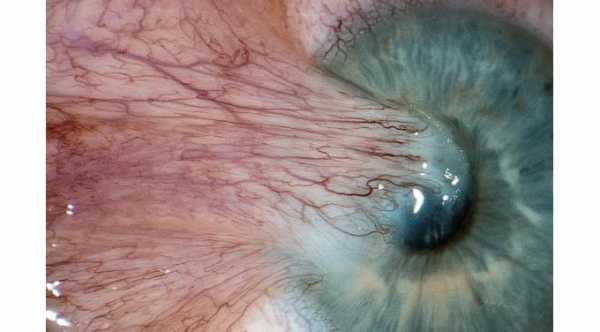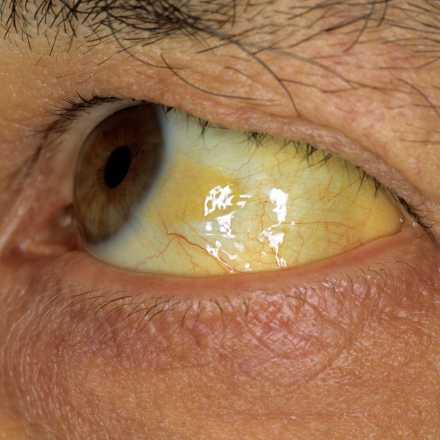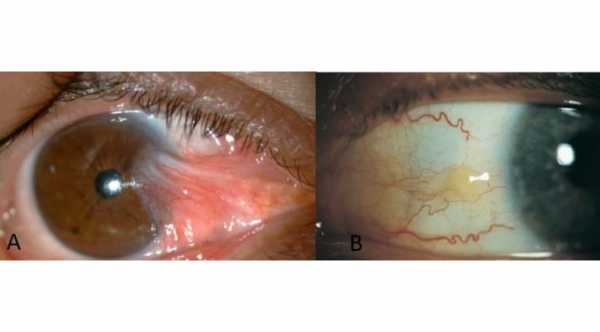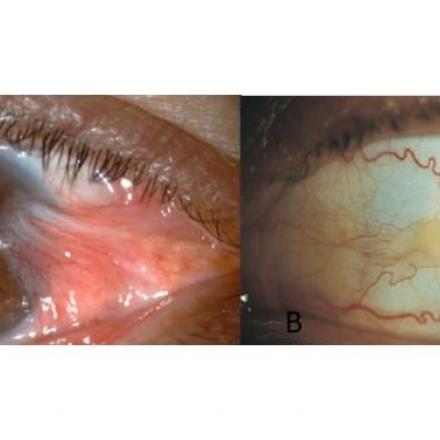
Pterygium Removal
Pterygium is a common eye disease that is characterized by inflammation and proliferation of fibrous and vascular tissues from the conjunctiva. This triangular shape fibrovascular tissue can grow towards the cornea and invade corneal tissue.
At the tip of this fibrovascular growth there are active fibroblast cells that alter that activity of special corneal enzymes called metalloproteinases, causing gradual corneal invasion. The main reason of this abnormal fibrovascular growth is damaged corneal-limbal stem cells due to ultraviolet lights.
Complications of Pterygium
Complications depends mainly on the size of pterygium and the severity of corneal invasion:
1- Corneal astigmatism with blurred vision.
2- Dry eyes.
3- Recurrent eye irritation.
4- Red eyes and inflammation.
5- Difficulties in wearing contact lenses.
6- Ocular motility restriction.
7- Cosmetically disturbance.
Treatments of Pterygium
Surgical pterygium removal is the treatment of choice and it is indicated in the presence of one or more the above complications or under the request of the patient.
There are various procedures that can be used for pterygium removal. The main complication of these procedures is that none of them can prevent the recurrence rate of pterygium which is unpredictable and can be worse than the primary pterygium.
1- Bare sclera-pterygium excision.
2- Excision with the use of beta irradiation or mitomycin C.
3- Excision with graft that is either Conjunctival graft or amniotic membrane graft.
Ways to reduce Pterygium recurrence rate after surgical removal
1- Minimize surgical manipulation can help to reduce post-operation conjunctival inflammation which help to reduce the recurrence.
2- Using fibrin glue in graft transplantation instead of sutures can significantly reduce post-operation conjunctival inflammation.
3- Amniotic membrane transplantation is very helpful to reduce inflammation because this membrane is rich in anti-inflammatory, anti-scarring and anti-angiogenic factors.
4- Post-operation Conjunctival Injection of long acting corticosteroid or 5-fluorouracil can be very helpful to reduce inflammation.
5- Infestation with demodex folliculorum can be a risk factor for pterygium recurrence because this kind of infestation can cause chronic inflammation. Treatment before and after surgery is very important.
6- Intraoperative application of Mitomycin C is very helpful to reduce inflammation and recurrence by inhibiting the proliferation and migration of Fibroblast. Post operation application of mitomycin can have many complications such as corneal edema, sclera melting, necrotizing scleritis and uveitis.
7- Sealing the gap between the conjunctiva and Tenon layer with continuous running 9-0 nylon sutures can be very helpful.






